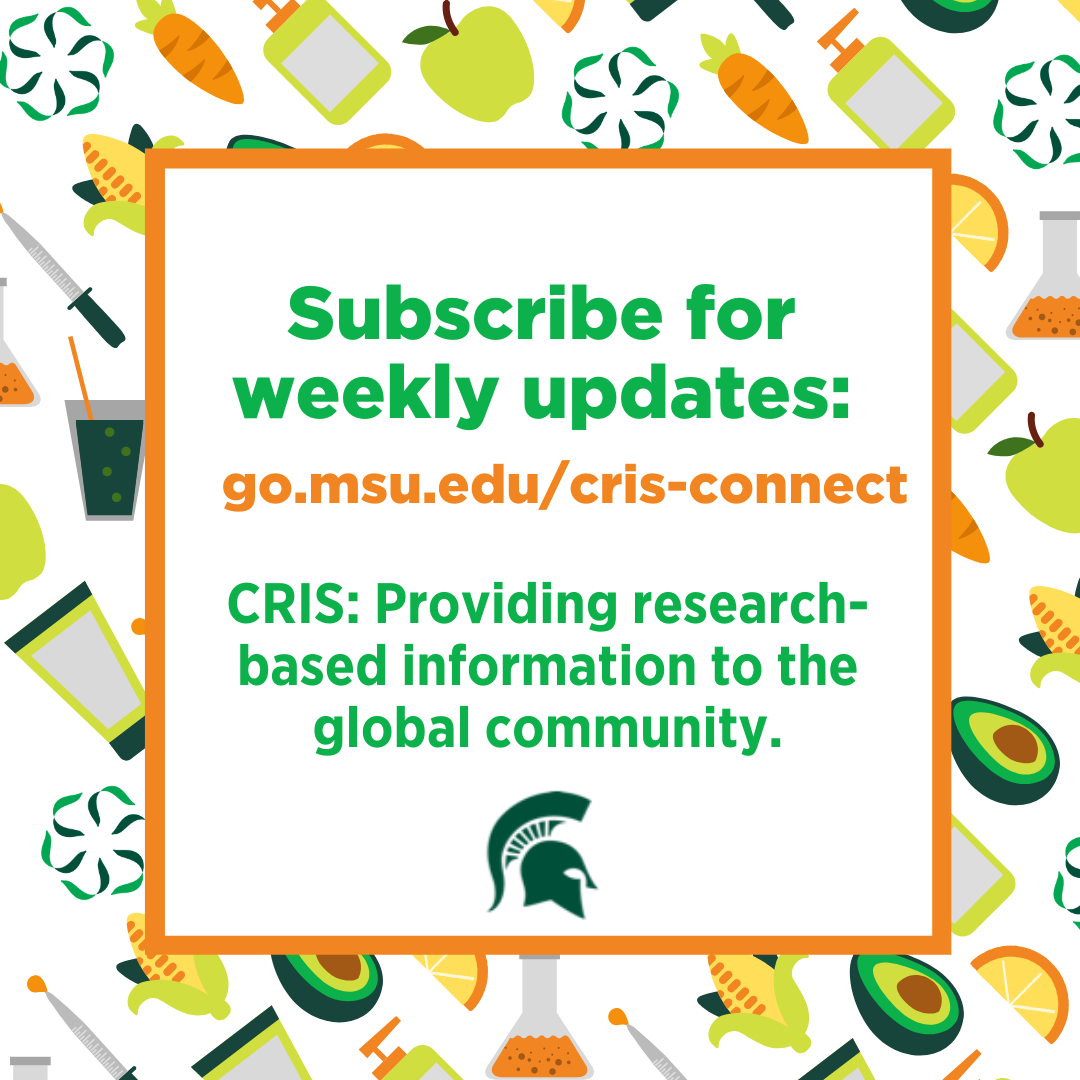101 Series – Food Dye
In this post, we explore food-safe dyes found in many products we consume daily.

What are food, drug, and cosmetic dyes?
Food, drug, and cosmetic dyes, called color additives, impart colors to products we consume and use. These can include food products, beverages, cosmetics, drugs, and more. In this post, we focus on color additives found in foods and beverages.
Manufacturers and home cooks alike use food dyes to enhance the natural color of a food or product, to add decoration to colorless foods and products (e.g., bright-colored sprinkles or frosting), and to help us identify flavors (e.g., red for cherry flavor, green for lime flavor, etc.) (1).
decoration to colorless foods and products (e.g., bright-colored sprinkles or frosting), and to help us identify flavors (e.g., red for cherry flavor, green for lime flavor, etc.) (1).
Like flavors, colorants are derived from both synthetic (artificial) and natural sources.
What is the difference between artificial and natural food dye?
Artificial food dyes are human-made using chemical ingredients and, as such, are regulated as a food additive by the U.S. Food and Drug Administration (FDA). Food additives require additional rigorous safety assessments before being available on the market (1,2).
Artificial food dyes require batch certification. Certification is a process that requires manufacturers to provide the FDA with a representative sample for identification and specification analysis before manufacturers can use and distribute the colorants. The certification process is required every time a manufacturer creates a new food dye batch (1).
Natural food dyes are processed ingredients derived from plants, vegetables, minerals, and animals. Natural color additives tend to cost more money and can impart unwanted flavors to the products they're coloring (1).
Naturally-derived food dyes do not require certification for every batch. However, they still need FDA approval before manufacturers can add them to foods (1).
Are all food dyes available in all countries?
No, the FDA has different safety guidelines and requirements than other regulatory agencies like the European Food Safety Authority (EFSA).
The FDA has approved 36 food dyes, of which nine are artificial color additives used in foods and beverages, including Blue No. 1, Blue No.2, Green No. 3, Orange B, Red No. 2, Red No. 3, Red No. 40, Yellow No. 5, and Yellow No. 6 (1,2).
While the FDA has approved nine artificial food dyes for use, three food dyes are most commonly used, Red No. 40, Yellow No. 5, and Yellow No. 6 (1).
The EFSA has 39 approved food dyes, of which six are artificial color additives including, Red No. 3 (Erythrosine), Red No. 40 (Allura Red), Yellow No. 5 (Tartrazine), Yellow No. 6 (Sunset Yellow), Blue No. 1 (Brilliant Blue), and Blue No. 2 (Indigo Carmine) (1).
There are overlapping approved food dyes and some colors that are approved for use in Europe are banned in the U.S. and vice versa due to the regulatory criteria established in individual countries and regulatory systems.
Do food dyes harm our health?
When used and consumed in typical quantities, human health has not been negatively impacted by food dyes (1,2).
The FDA determines safety by evaluating a dye for its composition, its short- and long-term effects due to consumption, its properties, the manufacturing process, its purity, and more.
However, limited research suggests that consuming food dyes could negatively impact some children's behavior. While this does not appear to be a widespread phenomenon, the FDA continues to monitor the research (1).
At this time, research does not support the premise that food dyes could lead to cancer if used as intended (1,2, 3).
If you are allergic to food dyes, you should check all food labels to avoid consuming products containing any dyes.
The good news.
Researchers, regulators, and manufacturers continue to study, review, and create safe food dyes for our use.
The more we learn about these ingredients, the more we can enjoy them safely and responsibly.



 Print
Print Email
Email




